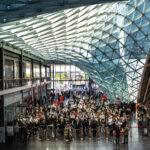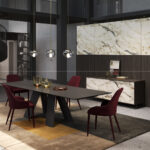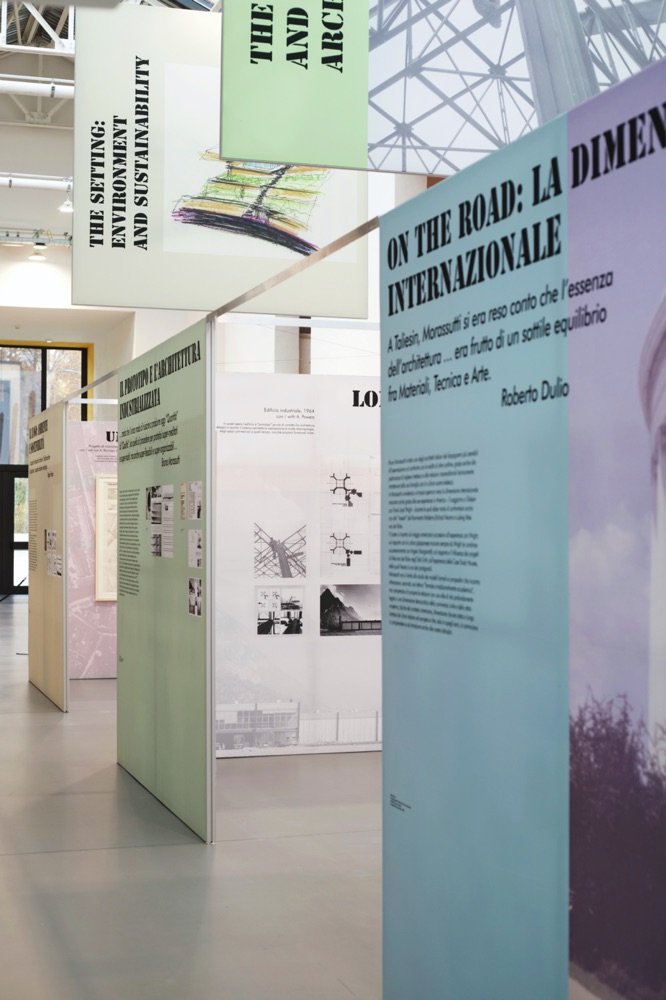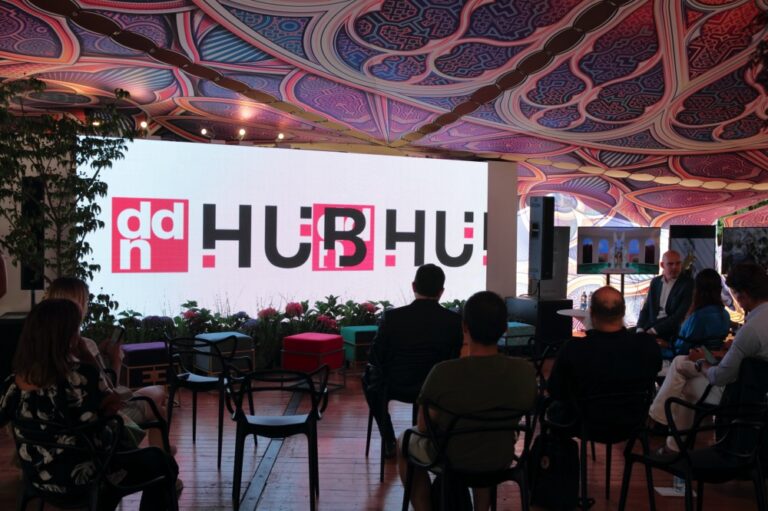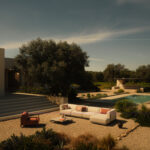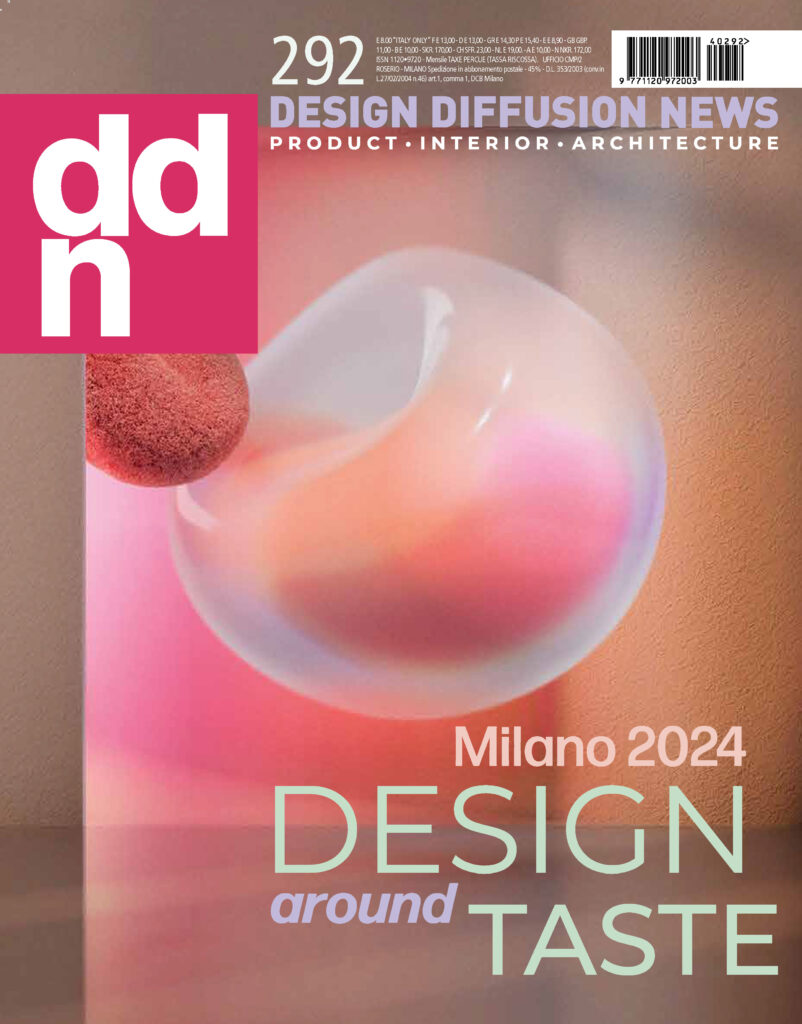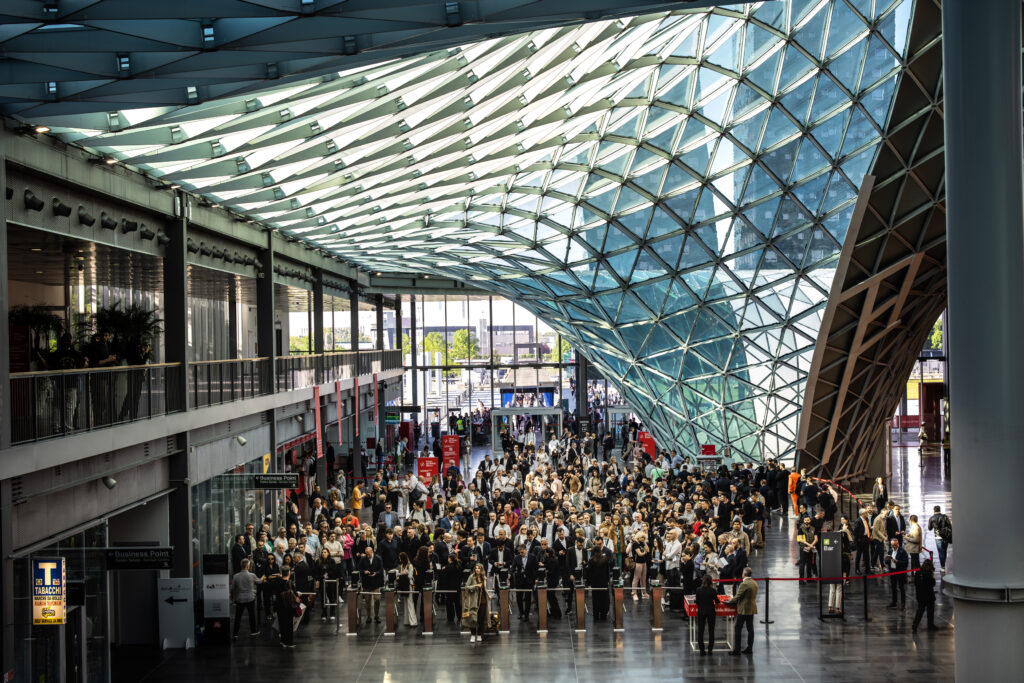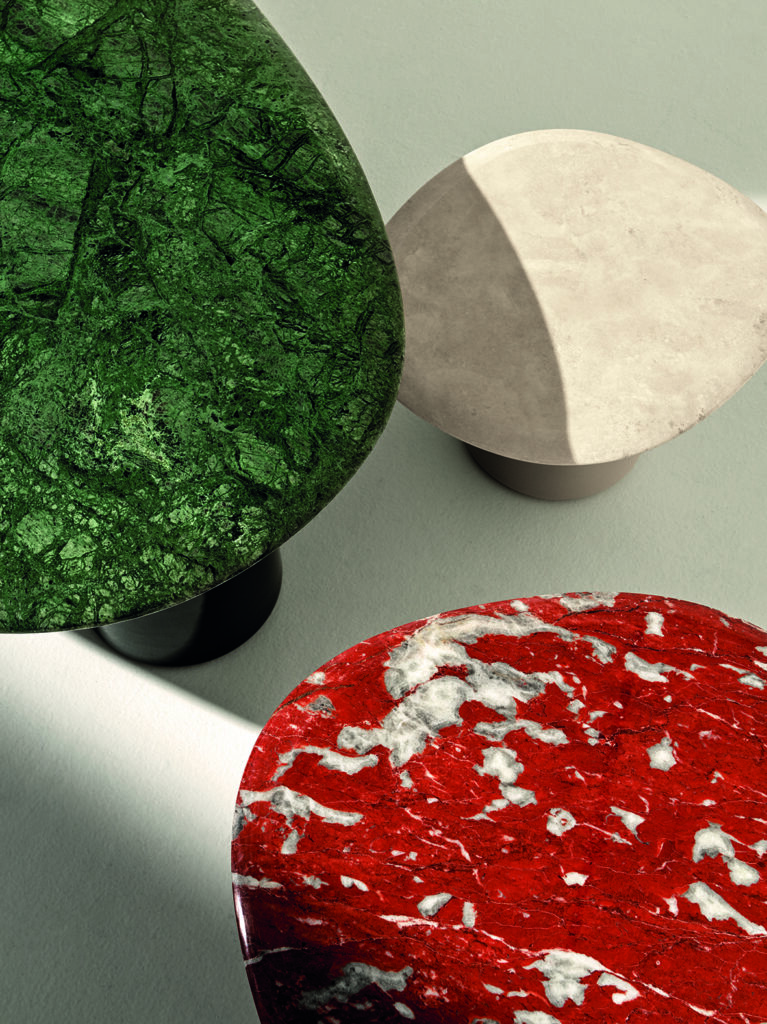Morassutti100+1!: la cultura del progetto in Italia dal secondo dopoguerra
ADI Design Museum presents “Morassutti100+1!”, an exhibition curated by Alessandro Colombo and Francesco Scullica. On the occasion of the centenary of his birth (1920-2020), the exhibition organized by ADI focuses on a leading exponent of post-World War II architecture and design in Italy: Bruno Morassutti.
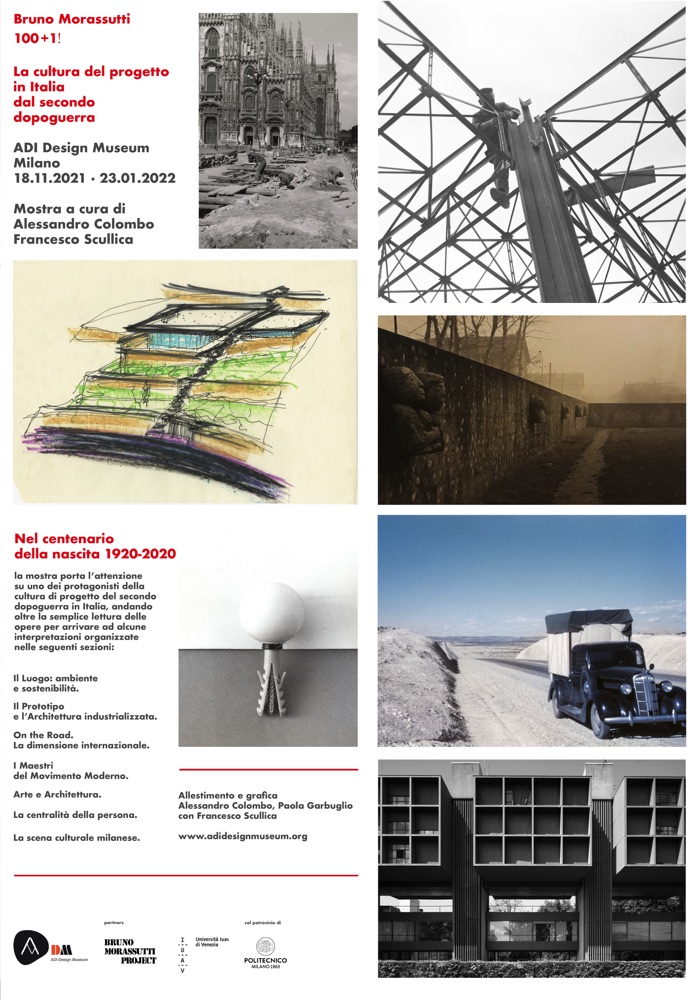
The exhibition wants to go beyond a review of the designer’s work, already investigated on other occasions, to propose some new interpretations. From the American experience with Wright to his relationships with the protagonists of the Modern movement such as Neutra, the exhibition traces Morassutti’s projects throughout his sixty years of activity. Sixty years of collaboration and relations with the protagonists of the Milanese and Italian cultural scene of those years, during a creative season that was in many ways unrepeatable.
Discover the new ADI Design Museum
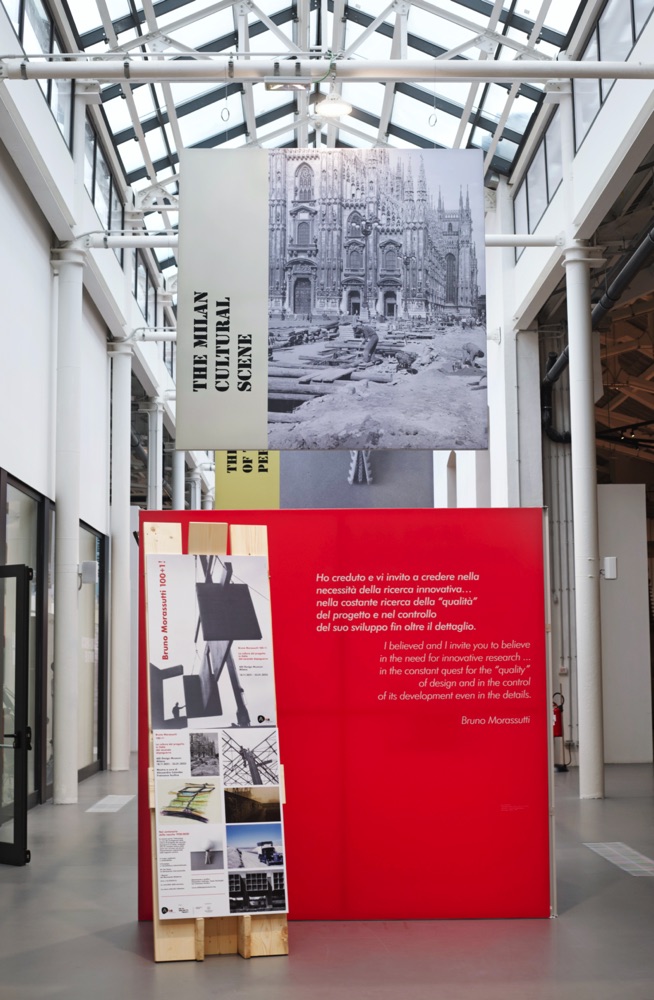
Born in Padua, Bruno Morassutti (1920-2008) studied in Venice, where he graduated in 1946, looking at significant figures such as Frank Lloyd Wright, struck by the poetics of Fallingwater. Morassutti entered the Taliesin Fellowship, the famous study school of the American “genius” in the USA, where he stayed for two years. In the United States, Morassutti came into contact with other protagonists of the Modern Movement such as Richard Neutra and Ludwig Mies Van Der Rohe, but always remained sensitive to the context, in a successful dialogue between architecture and design.
Morassutti and the postwar period in Milan
Back in Milan, Morassutti held several lectures and conferences during which he showed slides testifying to his direct knowledge of Wright’s work and American architecture. He joined the BBPR studio, where he met Angelo Mangiarotti, with whom he worked from 1954 to 1960. With him, he designed a series of works recognized by national and international critics; among others, the Mater Misericordiae church in Baranzate (Milan), the buildings in San Martino di Castrozza (Trento), the condominiums on via Quadronno and via Gavirate in Milan.

Between 1960 and 1968, he developed significant projects such as Villa Von Saurma in Termini di Sorrento (Naples), the Fontanelle condominium in San Martino di Castrozza (Trento) and the industrial building in Longarone (Belluno). These projects stand out for their strong innovative value and for the use of technology, making a contribution to the postwar debate on the relationship between “technique and art”.

Milan and the lively debate
The exhibition at the ADI Design Museum also deals with the period after the 1960s. Between 1968 and 1980, a new partnership with architects Giovanna Gussoni, Mario Memoli and Maria Gabriella Benevento led to other significant works. In addition to designing the permanent education center for the IBM group in Novedrate (Milan), in this period he developed an interest in prefabricated buildings. From 1980, he dealt with architecture, urban design and product design. [Photo Martina Bonetti]
Discover the new ADI Design Museum

The objectives of the exhibition are, on the one hand, to highlight the characteristics and the method at the basis of Morassutti’s design action at different scales, architecture and design, in relation to the Masters of the Modern Movement; on the other hand, to highlight the relationship with the Milanese and Italian environment of the ’50s, ’60s and ’70s with reference to figures such as BBPR, Ponti, Scarpa, Dorfles, Cosentino, Fontana, Buzzati, Cavalli Sforza.
BRUNO MORASSUTTI 100+1!
La cultura del progetto in Italia dal secondo dopoguerra
ADI Design Museum
November 18, 2021 – January 23, 2022


